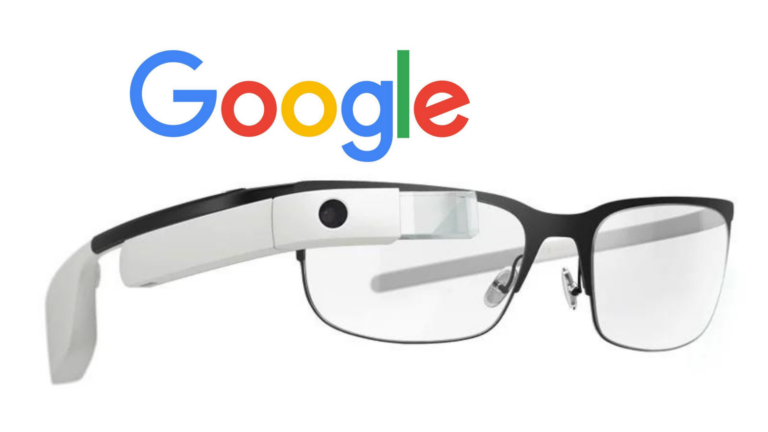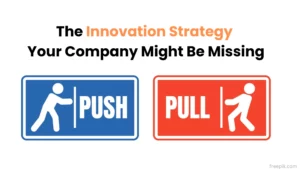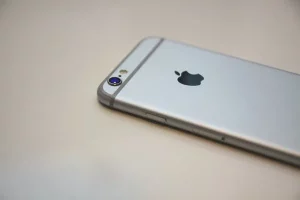Google Glass failure is still the most talked about technology failure because of how it divided the market space between two camps the day it was released.
On one side, people loved it and called it revolutionary and on the other side people who found it scary, ugly, and completely useless.
In 2012, when Google announced its newest innovation efforts, there was much anticipation and curiosity among people.
Just think about it. If someone announced today that they are going to release a new technology, completely hands-free, and it will let you do everything digital more optimally, what will be your reaction?
You’d want one too, right?
So why did Google Glass fail? What happened to Google Glass?
What did Google Glass do?
Google LLC, a multinational technology business based in California, came up with Google Glass.
A wearable, voice and motion-controlled Android device displaying information directly in the user’s field of view.
It could display information, heads-up display HUD format, take 5MP pictures, and the touch pad at the side allowed you to navigate through a timeline-like interface. Google Glass wanted to provide an augmented reality experience to its users. For example: Google Glass could display flight status info to users upon entering an airport.
Among its many features, a Google Glass device could help users with:
- directions,
- email and text notifications,
- phone calls, news updates,
- audio-command news or directions,
- reading or hearing messages hand-free and reply to them through Google Voice,
- voice commands to take pictures,
- sharing tweets directly through the device,
- even posting to WordPress
Basically, the concept of having a computer in your glasses that could provide real-time information and AR created a lot of buzz.
Who wouldn’t want to live like Ironman?
But in April 2013, when Google Glass became available to purchase, it tanked!
Related Read: Google innovation: How idea capture developed Google News?
Why was Google Glass discontinued?
According to Tim Cook, CEO of Google, “We always thought that glasses were not a smart move, from a point of view that people would not really want to wear them. They were intrusive, instead of pushing technology to the background, as we’ve always believed.”
He went on, “We always thought it would flop, and, you know, so far it has.”
Here’s a breakdown of what went wrong.
High Prices
Firstly and most importantly: High Prices ($1500), therefore, limited user base
People who wore prescription glasses, there was no talk of Google coming up with a solution for them where GG would enable them to collaborate both (the prescription glass and tech). Those who wanted to have a custom GG, they had to pay an extra $1200.
Over-Hype
Google concentrated on promoting and raising people’s expectations for its products while ignoring the harsh realities or market gaps. As a result, Google Glass was a colossal disaster. The product’s marketing effort continued to promote the product as the technology of the future.
Despite such dedication and advanced technology, this breakthrough high-potential retaining product was utterly ignored by mass-market consumers.
Safety Concerns
Even before the device was released, there were concerns about how safe Google Glass is for regular usage. Not everyone agreed that having a device that constantly releases harmful radiation so close to the head was a good idea. While other mobile devices, such as an iPhone or a Samsung Galaxy, emit hazardous radiation, they do not have to touch the user’s skin constantly.
Privacy and Piracy Concerns
Aside from that, the built-in camera prompted fears about privacy and piracy. The Google Glass might be recording or taking a photo at any time, allowing the Google Glass user to shoot photographs or footage of anyone. Furthermore, such images can be taken without permission, making people suspicious of such an innovative product.
Another major concern was the prospect of illegally filming movies in theaters, so the device was banned in many movie theaters. It was also prohibited in casinos, where individuals did not appreciate surveillance. Though Google Glass’ features have many advantages, it might be dangerous in the wrong hands and situations.
News of GG creating ruckus among people because they got scared and thought people wearing them were breaching their privacy by recording videos or taking pictures.
It’s not a spying device.
Unclear Vision
Furthermore, Google Glass does not have a defined function that could attract a large base of customers. It had only two functions: it could quickly capture images and search the Internet for anything. There was no regular or practical application for this product. As a result, it does not provide significant benefits to consumers.
According to Mark Frydenberg, senior lecturer in the computer information systems degree program and director of the CIS Sandbox at Bentley University, “Glass showed that there were a variety of solutions that this technology could provide, but Google (intentionally?) didn’t identify the problem beforehand. They wanted to see what people could do with it.”
Purpose of the device was not clear! No clear and standard vision even among the developer team of GG.
Usability Limitations
Google Glass has a predetermined battery life of four hours, which means users must charge the glass every four hours. The product could be discharged at any time without notification, making it useless until it is fully charged. Also, the energy consumption of this product was significantly higher than typical. This would cause severe issues after the purchase. Added to that, there are not any specific charging specifications. No matter how often it is charged, it shuts down after a few hours.
Finally, Google Glass only worked successfully with a native English speaker from the US or the UK. However, Google Glass could not identify sending or commanding in any other language.
The main disadvantage is that it cannot be fixed using a keypad (as in smartphones). As a result, users can only command in either British or American English. That is why it would become challenging to manage.
“The problem was that the device wasn’t quite ready for prime time,” Frydenberg said. “The unit overheated frequently with use and shut itself down, the battery life wasn’t long enough (less than an hour), the apps were great demos but limited in scope, and the user interface — tapping, swiping, blinking, head gestures, and the voice recognition after saying “Ok Glass” — was not always smooth.”
Public Disapproval
- Design was innovative but not fashionable. It was bulky and ugly.
- Glassholes slang got famous for users who wore GG in public.
- Recording or taking pictures for more than 30 seconds left the device battery dead
Google lost $895 million on the Google Glass failure. When the first version was released in 2013, users rapidly expressed concerns about the glasses invading their privacy. However, Google discontinued all work on the Glass project in 2015.
Work on Glass Enterprise Edition resumed in 2017. This project’s relaunch concentrated all efforts on creating a product that would help workplaces such as factories and warehouses. This breakthrough device, however, failed because people couldn’t see why they needed it in their life.



